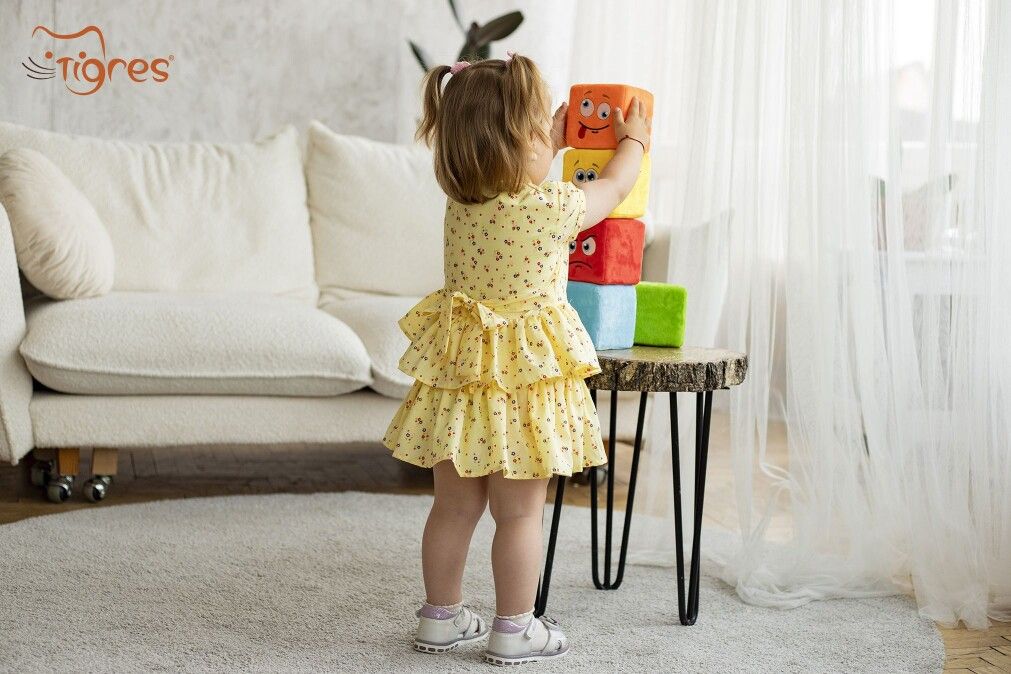
Why It’s important to teach children to express their emotions
We all know that emotions are an inseparable part of our lives. They influence our thoughts, behavior, and interactions with others. However, for children who are just beginning to explore the world of emotions, the ability to express their feelings can be a real challenge. Why is it so important to teach children to talk about their emotions?
Development of Emotional Literacy
 Emotional literacy is the ability to understand, identify, and express one’s feelings. When children learn to differentiate emotions, they become more aware of their experiences. This helps them not only recognize what is happening inside but also understand how their emotions affect others.
Emotional literacy is the ability to understand, identify, and express one’s feelings. When children learn to differentiate emotions, they become more aware of their experiences. This helps them not only recognize what is happening inside but also understand how their emotions affect others.
Reducing Stress
Children often experience stress but don’t always know how to cope with it. By expressing their feelings, they can relieve tension and find comfort. For example, if a child feels anger or fear, the ability to share these feelings can help reduce their intensity. When a child can say, “I’m angry,” it’s the first step toward understanding their emotions.
Improving Interpersonal Relationships
The ability to openly express emotions strengthens bonds with others. Children who can share their feelings are more likely to receive support from parents, friends, and teachers. This creates a trusting environment where the child feels safe. Over time, this fosters the development of healthy relationships in the future.
Developing Empathy
By discussing their emotions, children learn to listen to and understand others. This helps them develop empathy—the ability to feel what others are experiencing. When a child learns to identify their feelings, it becomes easier for them to understand how others feel and respond with kindness.
Enhancing Self-Esteem
When children can express their feelings, they feel important and heard. This boosts their self-esteem and confidence. Children who know their emotions are valued become more open and willing to communicate.
How to Teach Children to Express Their Emotions?
- Create a Safe Environment: Make it clear that emotions are normal. Encourage children to share their feelings,
 even if they are negative.
even if they are negative. - Use Games and Stories: Play games where children can express their emotions or read books that showcase different feelings.
- Model Behavior: Children learn by observing adults. Share your emotions and explain how you experience them.
- Ask About Feelings: Regularly ask children how they feel. This will help them get used to the idea of expressing their emotions.
- Teach Emotional Vocabulary: Help children expand their vocabulary by teaching them various terms to describe their feelings.
Teaching children to express their emotions is an important step in their development. It not only helps them understand themselves but also strengthens their connections with others. Over time, these skills will form the foundation for healthy relationships, emotional resilience, and a happy life. Therefore, it’s worth investing time and effort in teaching children openness and honesty in expressing their feelings.